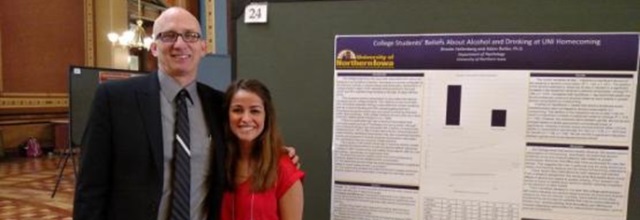Honors Program Theses
Award/Availability
Open Access Honors Program Thesis
First Advisor
Peter Berendzen
Keywords
Spiders--Genome mapping; Nondestructive testing; Nucleotide sequence;
Abstract
DNA barcoding is the process of amplifying a 650 base pair segment of the sequence of the mitochondrial gene cytochrome c oxidase (COI), and amplifying this gene with a polymerase chain reaction (PCR). It is used to help identify and distinguish animal species and also to help determine genetic differences in species. DNA barcoding can be especially useful when working with spiders since they tend to be very small and hard to distinguish. However, achieving a DNA barcode can be difficult and thus techniques to improve the method of DNA barcoding can be helpful. This research looked into the different primer combinations previously used to amplify the barcode region in spiders. These primers were used in nine different combinations and tested on 43 spiders from four different counties in South Dakota. Spiders that were amplified successfully by the universal primer pair (LCO-1490 and HCO-700ME) were tested with the other eight primer sets. Primer sets that contained Chelicerate Reverse 1, Chelicerate Reverse 2, Lepidoptera Forward or LCO-1490 worked the best by successfully amplifying the most number of species. Overall, nine different species of spiders were barcoded successfully and will be entered into GenBank.
Year of Submission
2015
Department
Department of Biology
University Honors Designation
A thesis submitted in partial fulfillment of the requirements for the designation University Honors
Date Original
2015
Object Description
1 PDF file (iv, 27 pages)
Copyright
© 2015 Rhennetta Jo Bork
Language
EN
File Format
application/pdf
Recommended Citation
Bork, Rhennetta Jo, "Primer efficacy in the DNA barcoding of spiders" (2015). Honors Program Theses. 169.
https://scholarworks.uni.edu/hpt/169



